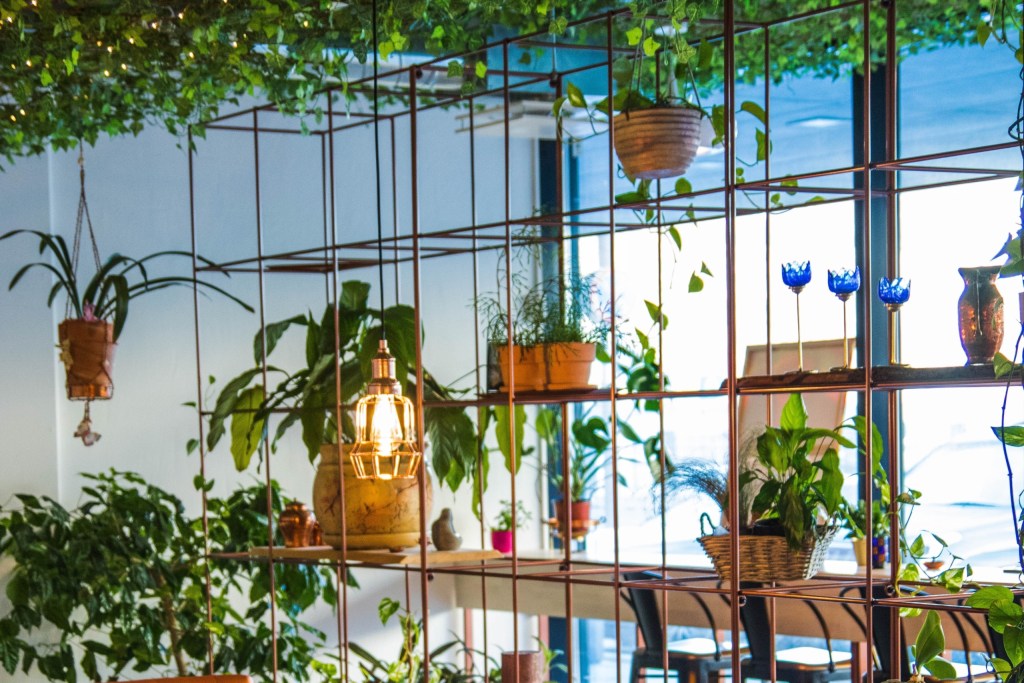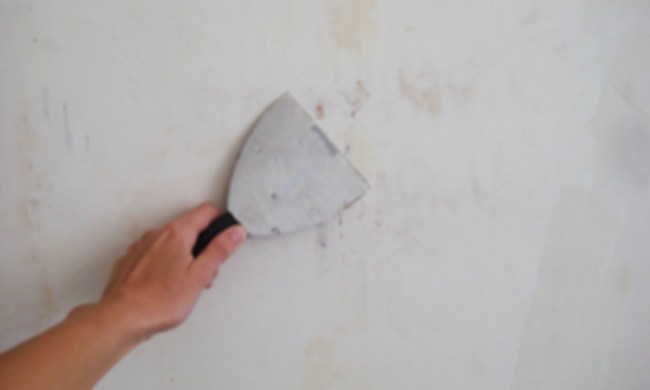Whether you’re an avid gardener with sizable garden beds filled with tasty treats or a simple city dweller looking to obtain a green thumb, vertical gardens may be the way to spruce up your outdoor space and take your gardening to a whole other level.
Vertical gardens are a fantastic solution to liven up ordinary garden spaces or take advantage of limited square footage in your yard, patio, or balcony. They’re a versatile way to grow plants of all kinds, allowing anyone to garden nearly anywhere. We’ll discuss the benefits of vertical gardens for every plant lover and then offer a few methods to transform your garden into an efficient, stunning setting.

Why you need a vertical garden
Vertical gardens don’t have to be left to the pros. Whether you have an expansive backyard or a tiny apartment balcony, you can take advantage of vertical gardens to help renovate your space and begin reaping the harvest of your new plants. Below are some of the benefits to having a vertical garden.
Saves space
The greatest advantage of vertical gardens is their ability to save space. It’s not uncommon to organize inside your home to eliminate floor clutter and provide more room to move around. Why should the outdoors be any different?
As their name suggests, vertical gardens allow growers to plant in a way that encourages plants to grow upwards. Doing so eliminates the need for large grow-beds or excessive space for potted plants.
Transforms your curb appeal
Another allure of vertical gardens is how they can transform your curb appeal. A vertical garden adds interest to your landscape by drawing the eye upwards rather than horizontally across your yard. For devoted gardeners, this can elevate the beauty of your garden by creating a more dimensional effect.
Best for vine plants
If you intend to grow vine plants like beans, tomatoes, cucumbers, or grapes, a vertical garden not only appears beautiful but also serves the function of supporting your plants as they grow. Efficiency is just as important as appearance, and vertical gardens certainly offer the proper stability to encourage vine plants to grow.
Types of vertical supports
If you’ve decided that a vertical garden is just what your outdoor space needs, you may be wondering what options are available to you. Thankfully, there are several ways to include a vertical garden in your space.
Teepees
Teepees are aptly named, coned-shaped garden supports perfect for growing beans, peas, tomatoes, and peppers. They often consist of three to five angled wooden stakes, tied at the top, with wire caging around the structure to offer additional support to plants. Teepee vertical structures can range in size from a mere three feet to six feet in height, making them a great addition to many gardens varying in size.
A-frames
If you’re looking for something larger that offers more stability with a similar framework, a-frames offer a great solution. A-frames are built with two wooden stakes angled towards one another at either end, with a longer wooden piece joining the two ends at the top.
A-frames often have multiple smaller stakes angled in the middle of the frame or a wire cage attached at the ends to offer support for growing plants. While this vertical garden isn’t ideal for smaller yards or apartment settings, it can be a stunning addition to larger, more established gardens.
Fence trellis
Perhaps one of the most common types of vertical gardens is the fence trellis. There is something to be said about the mystical, alluring look of vines weaving up a beautiful wooden fence. Gardeners and backyard entertainers alike have found fence trellis’ to increase their landscape’s interest while also providing adequate support for luscious greenery.
Fence trellises are easy to assemble and provide a long-lasting opportunity for gardens and plant growth. There are several styles, sizes, and frames to choose from, so you’re sure to find something that blends in seamlessly with your space.

Garden wall
Recently, garden walls have become quite the showstopper of any backyard or patio landscape. Garden walls are comprised of many different materials. The most common garden walls are often made of a wooden frame stacked with wooden crates to hold plants of all shapes and sizes. Alternatively, it is not uncommon to see DIYers utilize wooden pallets to simulate the garden wall aesthetic.
The best part about garden walls is that they are easy to build and allow growers to plant more than just vine plants. If you want to grow strawberries, peppers, or aesthetic hanging plants, garden walls are a must.
Whether you go the DIY route or choose to find the perfect pre-made garden wall, you’re bound to walk away with a unique and gorgeous vertical garden setup to enhance your garden’s functionality and efficiency by creating a space-saving, attractive solution that is sure to impress guests and delight your eyes every time you step outside. Whether you opt for supports listed in this article or choose to utilize supports not mentioned like arbors, tripods, or hanging baskets, you’re sure to find a solution suitable for your home.



